
By Allan Janssen
The inevitable impacts of new automotive technology on part stores and repair shops will probably be manageable and could actually be positive, an industry analyst says.
Roger Francis, director of energy and environment at the Conference Board of Canada, told participants on an AIA webinar recently that the latest statistics and projections about the impact of new technology may sound like “scary numbers” to the auto repair and maintenance industry, but he insisted the future is not as bleak as some might believe.
“There are going to be new opportunities,” he said. “A lot of the things are disappearing when it comes to the electric vehicle of the future. Most of that is because the electrical vehicle is essentially a gadget. It’s literally a big gadget. But gadgets still needs regular maintenance, so that will continue to be critical to an electric vehicle.”
He stressed that the aftermarket must start preparing now for the connected, autonomous, shared and electric (CASE) vehicles of the future. If it is to avoid being sidelined by technology, it must have the proper tools and training in place.
The webinar, entitled as “Navigating the Changing Aftermarket Landscape: Opportunities for Growth & Sustainability,” offered a summary of strategies for independent repair shops and jobbers alike.
He acknowledged that the parts mix will be radically transformed, and it will take some work to figure out how inventory levels will change.
“There will be fewer moving parts moving forward, so there will be fewer maintenance requirements,” he said. “But there will probably be just as many vehicle platforms when it comes to electric vehicles as there are now… and the margins on parts that will have to be stored and available in the marketplace will likely have bigger margins.”
He pointed out that brake pads and rotors will last longer, but tires will probably need to be rotated, inspected, and replaced more frequently because electric vehicles are 20-30% heavier than traditional vehicles, and they deliver instant torque which increases wear.
Furthermore, many fluids will continue to be critical, calibrations will be common, inspections will be necessary, and training will be a huge opportunity for jobbers.
Security updates will also be a huge opportunity.
“Updates will be as important when it comes to the cars of the future as they are to present-day computers. That’s what you do,” he said. “And, at the back end, someone has to test those security flashes and the over-the-air software updates to ensure that they have been integrated into the operating system of the vehicle in the correct way. So there are opportunities for the aftermarket to get involved in that area.”
The aftermarket landscape is likely to transform as smaller shops disappear and successful ones become bigger and more sophisticated.
“Can you run a shop of less than 10 bays in the future? That’s a good question because some of these bays may have to be dedicated to certain types of vehicles,” he said. “Some may have to be dedicated to ICE vehicles or zero-emission, or hybrid, or battery electric vehicles. It will be because of the different regulations and requirements that may come out – for example, haz-mat and safety considerations – so it’s a tough question. I think the size of the service end of the business will have to increase. It is very possible that 10 or 15 bays may become the norm.”
He said the public hasn’t embraced the higher price point of electric vehicles, and is concerned about lack of charging infrastructure in Canada.
“What we have seen in other countries, is that once government starts subsidizing zero-emission vehicles, you tend to have a quick adoption rate,” he pointed out. “However, Canada is unique in that it has a broad geography that makes it hard to create enough or substantive charging opportunities. That said, one opportunity for the local mechanical shop is maybe to put in a couple of Level 2 charging stations and use it as a community hub.”
 According to the AIA’s most recent report on disruptive technology:
According to the AIA’s most recent report on disruptive technology:
* The move to a model where individuals privately own automated and connected vehicles could potentially lead to 48,100 fewer jobs (36,684 in mechanical sector) and a $7.0 billion reduction in the total aftermarket ($5.4 billion in the mechanical sector) by 2051.
* The move to a model where households privately own automated and connected vehicles, but increase ride sharing within the household, could potentially lead to 50,900 fewer jobs (34,811 in the mechanical sector) and a $7.5 billion reduction in the aftermarket ($5.2 billion in the mechanical sector) by 2051.
* The move to a model where automated and connected vehicles are shared between households could potentially lead to 77,400 fewer jobs (53,707 in the mechanical sector) and a $11.4 billion reduction in aftermarket revenues ($8 billion in the mechanical sector) by 2051.
Francis reiterated the conclusions of that report, namely that a roadmap for the aftermarket’s future must include:
– access of vehicle data;
– partnerships with new mobility service providers
– exploring industry consolidation opportunities;
– accelerating support for human resources and retraining opportunities; and
– establishing purchasing alliances to strengthen the procurement power of repair shops and chains.
Related Posts
Comments
-
This will never happen people think there cars are an extension of their home they are proud of there car so thinking of not owning a vehicle in the future is ridiculous

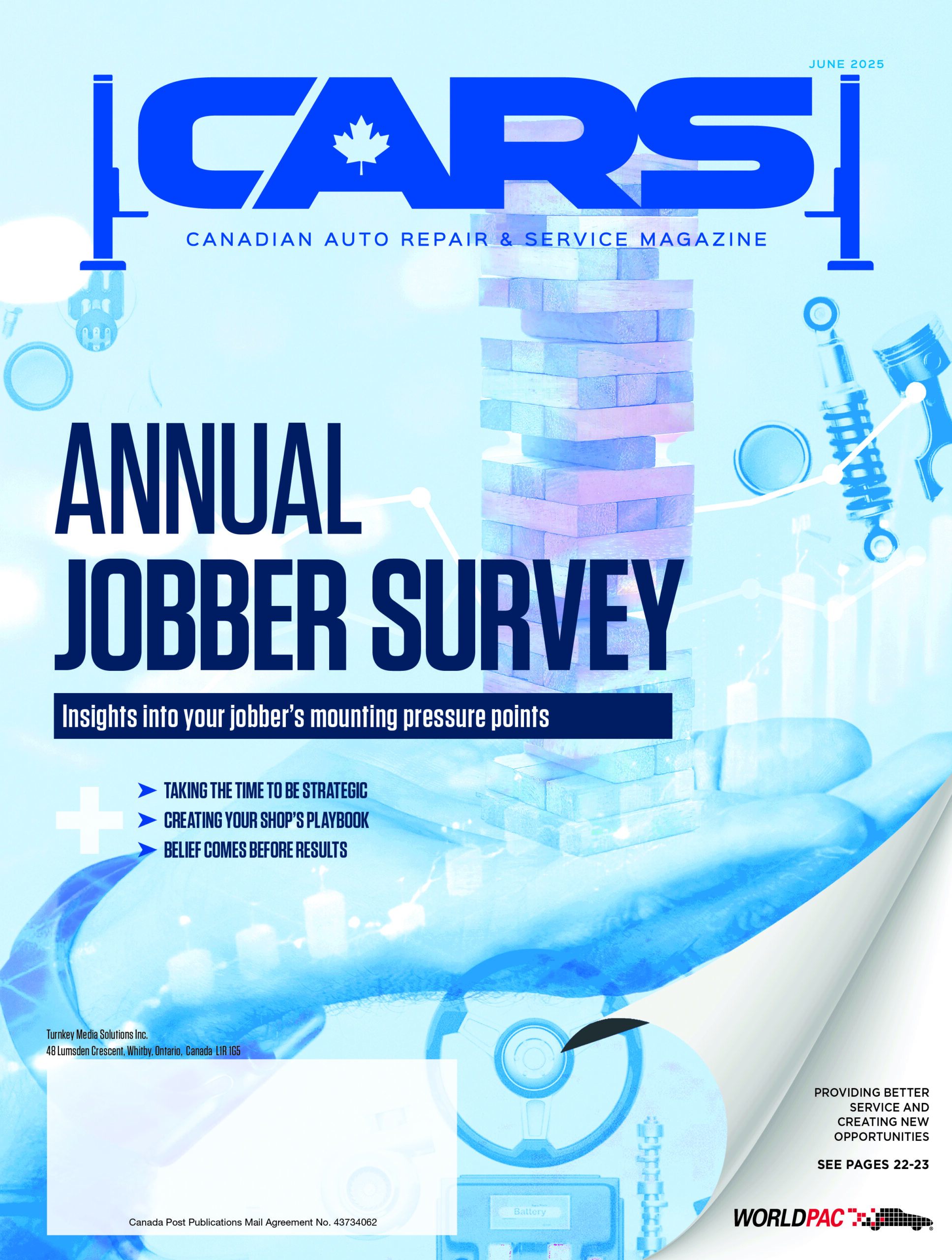






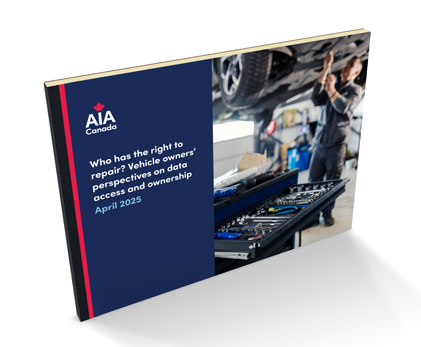

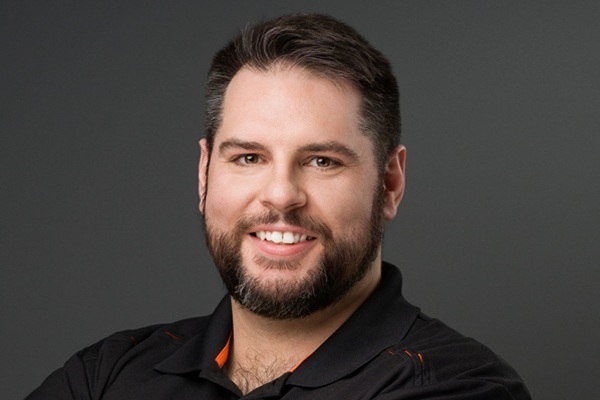
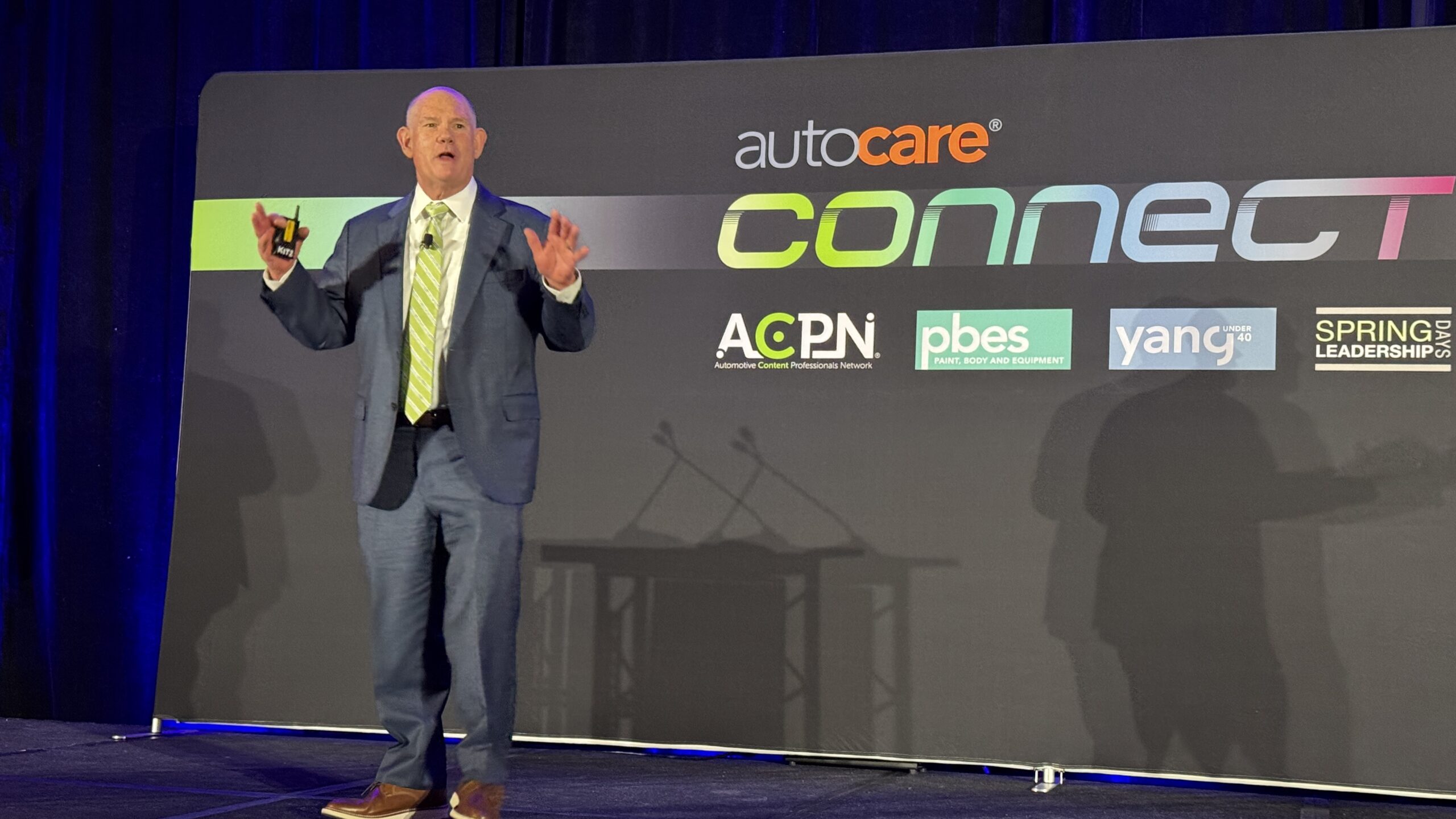
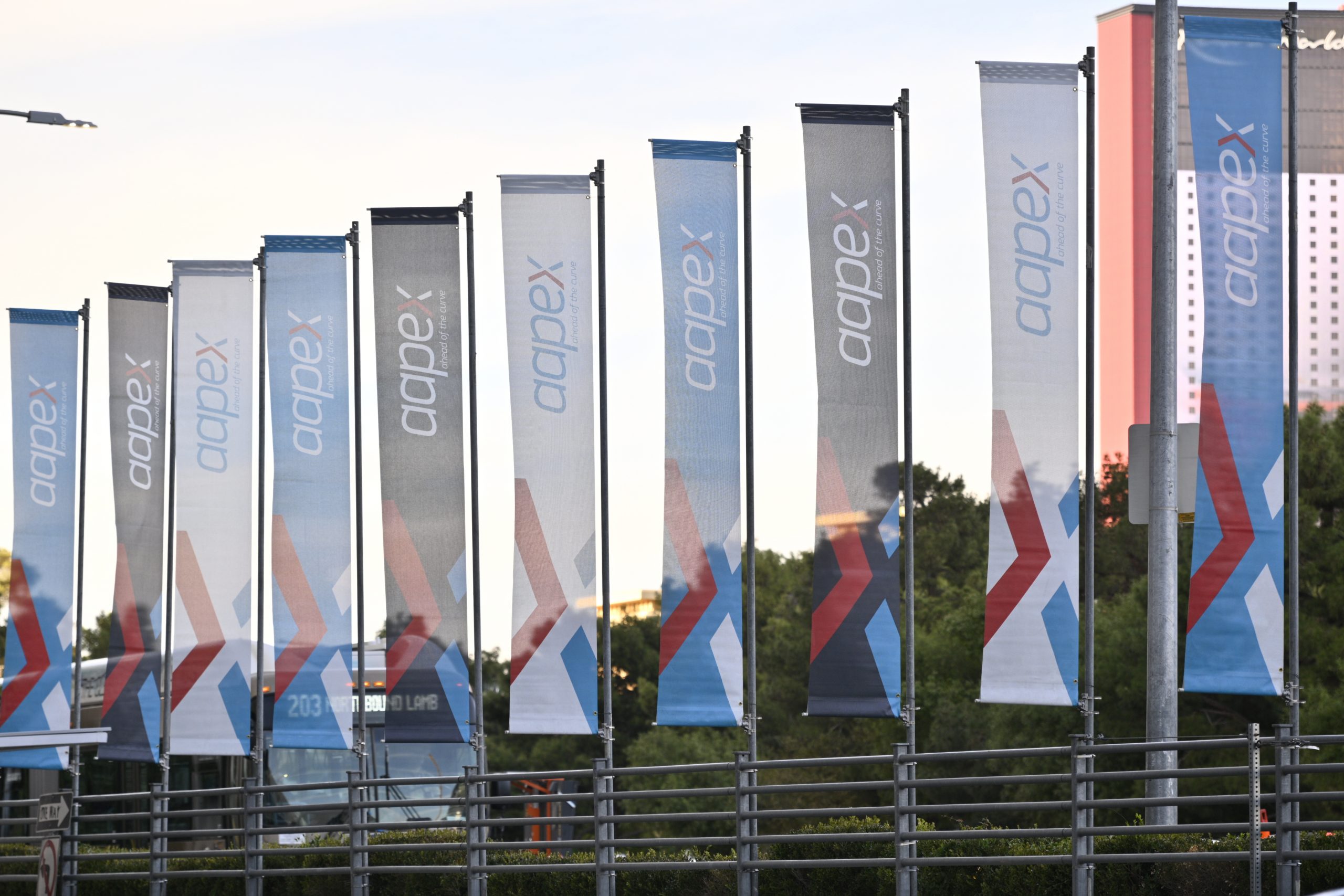
Leave a Reply